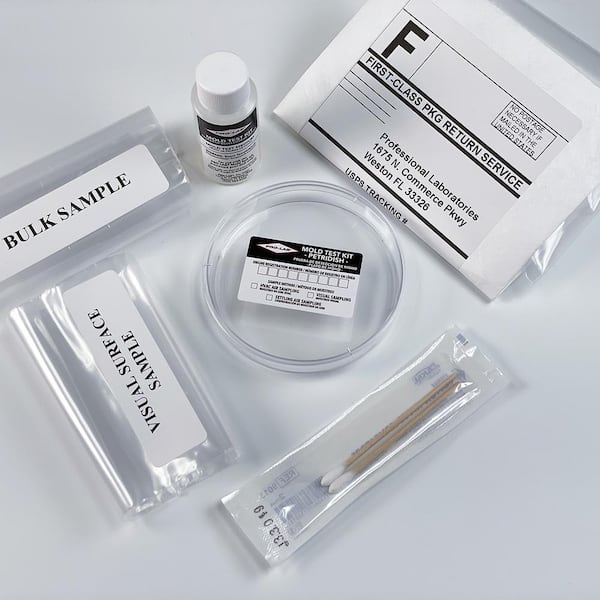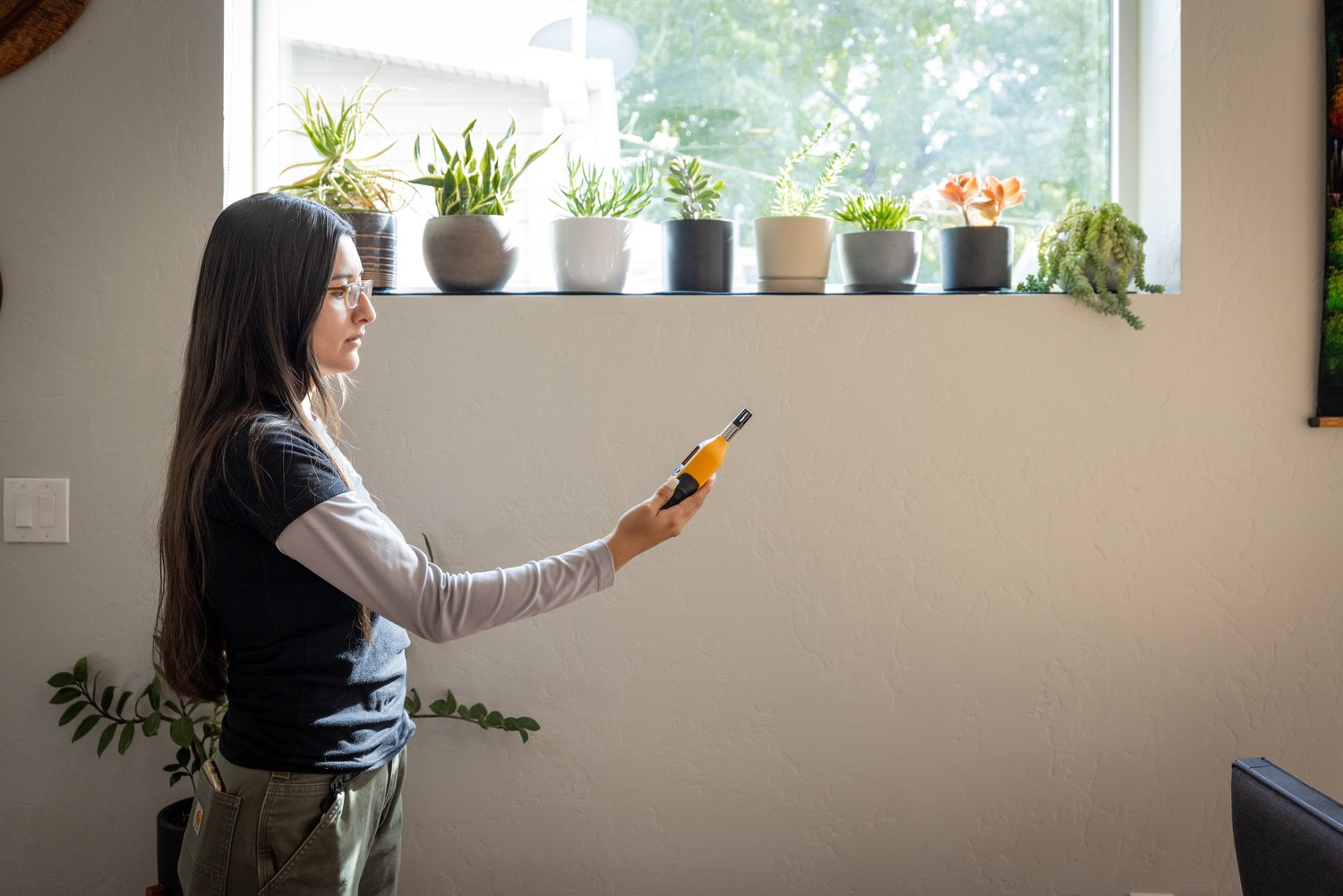Comprehensive Solutions for Your Mycotoxin testing Services Demands
Comprehensive Solutions for Your Mycotoxin testing Services Demands
Blog Article
Just How Mycotoxin Testing Aids Protect Against Contamination and Protect Food Materials

Mycotoxin testing is a crucial method in the food industry, offering as a frontline protection against contamination by hazardous contaminants created by molds. Via the application of advanced strategies like High-Performance Fluid Chromatography (HPLC) and Liquid Chromatography-Mass Spectrometry (LC-MS), food manufacturers can accurately discover and measure mycotoxin levels in agricultural items.
Comprehending Mycotoxins
Recognizing mycotoxins starts with identifying that they are hazardous second metabolites generated by specific mold and mildews, which can contaminate agricultural products. These metabolites are not important for the growth or recreation of the fungi however can have extreme effects for animal and human health. Mycotoxins are frequently located in staple crops such as corn, wheat, barley, and nuts, where they can multiply under particular problems of wetness and temperature.
There are a number of sorts of mycotoxins, each generated by various fungal varieties. Aflatoxins, created by Aspergillus species, are among one of the most infamous, understood for their carcinogenic homes. An additional substantial team consists of ochratoxins, created by Aspergillus and Penicillium types, which have nephrotoxic effects. Fusarium types generate fumonisins and trichothecenes, both of which are connected with different severe and persistent wellness problems.

Threats of Mycotoxin Contamination
The dangers of mycotoxin contamination are diverse, posturing significant threats to both food safety and security and public health and wellness. Mycotoxins, hazardous compounds produced by particular kinds of fungi, can infect a vast array of agricultural products including grains, nuts, seasonings, dried out fruits, and coffee. When these toxins penetrate the food supply, they can result in major health and wellness issues such as liver damages, kidney failure, and also cancer cells. Susceptible populaces, consisting of children, the senior, and immunocompromised people, are particularly at risk.
Economic effects are one more major concern. Contaminated plants can cause substantial financial losses for farmers and food manufacturers as a result of decreased returns and the need for costly purification measures. In addition, global profession can be dramatically impeded as countries enforce rigorous mycotoxin laws to secure their populaces, leading to declined deliveries and stretched trade relations.
Environmental variables such as environment modification intensify the risk of mycotoxin contamination. Variations in temperature level and humidity can develop desirable conditions for fungal development, enhancing the likelihood of contamination events. Therefore, understanding and minimizing these risks are essential for guaranteeing the security and stability of international food supplies.
Techniques of Mycotoxin Checking
Properly recognizing mycotoxin contamination in farming items is important for protecting public wellness and keeping food safety criteria. Different approaches are utilized to detect and evaluate mycotoxins, each offering particular benefits and restrictions.
High-Performance Fluid Chromatography (HPLC) is an extensively made use of approach as a result of its high level of sensitivity and accuracy. It involves dividing mycotoxins from other compounds in an example, making it possible for precise metrology. Likewise, Fluid Chromatography-Mass Spectrometry (LC-MS) combines liquid chromatography with mass spectrometry to provide detailed molecular details, making it especially valuable for recognizing multiple mycotoxins all at once - Mycotoxin testing Services.

Gas Chromatography-Mass Spectrometry (GC-MS) and Thin-Layer Chromatography (TENDER LOVING CARE) are also utilized, each with one-of-a-kind applications. GC-MS is reliable for unstable mycotoxins, while tender loving care uses an easier, economical choice for initial screening.
Advantages of Routine Examining
Regular testing for mycotoxins in farming items offers countless benefits, dramatically adding to public health and food safety. By recognizing contamination early, normal screening aids stop the distribution of poisonous foods, thereby lowering the danger of mycotoxin-related illnesses amongst customers. This positive technique not only safeguards human health and wellness but additionally enhances the general top quality of food supplies.
Constant testing also supports regulatory compliance. More Help Various countries and regions have actually developed strict restrictions for mycotoxin levels in food and feed. Adhering to these limitations via routine testing makes certain that producers and providers meet legal requirements, consequently staying clear of fines and profession barriers. Preserving conformity fosters customer count on and brand track record, which are critical for market success.
Furthermore, normal mycotoxin testing can bring about significant financial benefits. Early detection of contamination enables prompt treatment, reducing prospective losses from extensive contamination. Applying normal testing protocols can also reduce recall expenses and relevant responsibilities, which can be monetarily devastating.
Furthermore, regular testing offers important data that can notify far better farming techniques and storage space problems. By recognizing patterns of contamination, manufacturers can take on safety nets, therefore lowering future threats and adding to the sustainability of the food supply chain.
Carrying Out Checking Procedures
Carrying out efficient mycotoxin testing protocols is essential for guaranteeing the security and quality of farming items. Developing a robust testing structure includes several essential steps, beginning with the recognition of prospective contamination points within the manufacturing and supply chain. This consists of pre-harvest, post-harvest, storage, and distribution stages. Each stage should be scrutinized to pinpoint where mycotoxin contamination is more than likely to take place.
Once essential control factors are identified, picking ideal testing approaches is crucial. Typical methods include enzyme-linked immunosorbent assay (ELISA), high-performance liquid chromatography (HPLC), and mass spectrometry (MS) Each approach has its staminas and weaknesses; hence, selecting the correct one relies on the particular mycotoxin being tested, the called for sensitivity, and available sources.

Lastly, incorporating the screening procedures into an extensive food security monitoring system is recommended. This improves traceability and allows quick rehabilitative actions when contamination is spotted, consequently securing the stability of the food supply chain.
Verdict
Mycotoxin testing is crucial in preventing contamination and protecting food products by making it possible for early detection of damaging toxic substances generated my link by molds in agricultural products. Routine screening boosts brand credibility, monetary stability, and depend on in food safety and security by minimizing contamination-related losses and maintaining high requirements in food manufacturing.
Mycotoxin testing is a vital method in the food sector, serving as a frontline defense against contamination by dangerous toxic substances created by mold and mildews. An incorporated technique entailing farming methods, storage space administration, and routine testing can alleviate the dangers linked with mycotoxin contamination, making certain food safety and public health.
The risks of mycotoxin contamination are multifaceted, posing significant threats to both food safety and public health.Normal screening for mycotoxins in agricultural products provides various benefits, dramatically adding to public health and wellness and food security.Mycotoxin testing is important in avoiding contamination and safeguarding food products by allowing early detection of unsafe contaminants created by molds in farming items.
Report this page